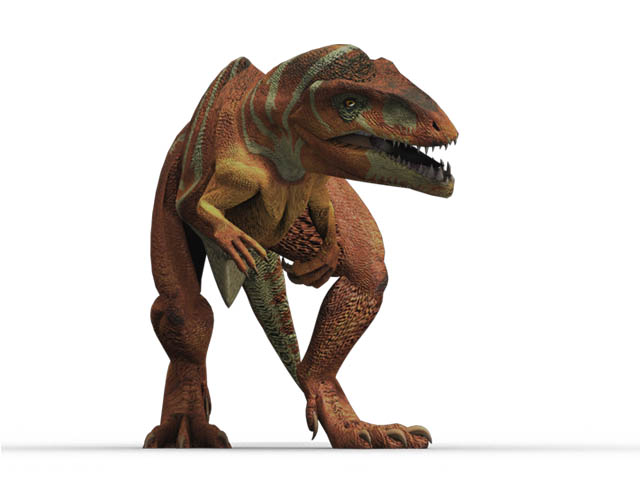The Giant Southern Lizard
Giganotosaurus was a massive carnivorous dinosaur that roamed South America around 98 million years ago during the Late Cretaceous period.

| Meaning | Giant southern lizard [giga-noto-saurus] |
| Pronunciation | JIG-an-oh-toe-sore-us |
| When: | Late Cretaceous (about 98–97 million years ago) |
| Where: | South America (specifically in Argentina) |
| What: | Theropod (large carnivorous dinosaur) |
| Weight: | Approximately 8–13 metric tons |
| Length: | About 12–13 meters (39–43 feet) |
| Diet: | Carnivorous (hunted large sauropods and other herbivores) |
| Discovered: | First described by Rodolfo Coria and Leonardo Salgado in 1995 |
It is one of the largest meat-eating dinosaurs known to have ever existed, rivaling even Tyrannosaurus rex in size. Giganotosaurus could grow up to about 43 feet in length and weighed several tons.
This fearsome predator had a powerful skull filled with sharp, serrated teeth up to 8 inches long, perfectly adapted for slicing through flesh. Its arms were relatively small compared to its body size, each ending in two clawed fingers. Despite its formidable appearance, Giganotosaurus was likely a swift and agile hunter, capable of chasing down and overpowering large herbivorous dinosaurs like sauropods.
Fossils of Giganotosaurus have been found in Argentina, particularly in Patagonia, where it lived in a variety of environments ranging from forests to plains. Its discovery has helped scientists understand more about the diversity of large predatory dinosaurs during the Late Cretaceous in the southern hemisphere.
